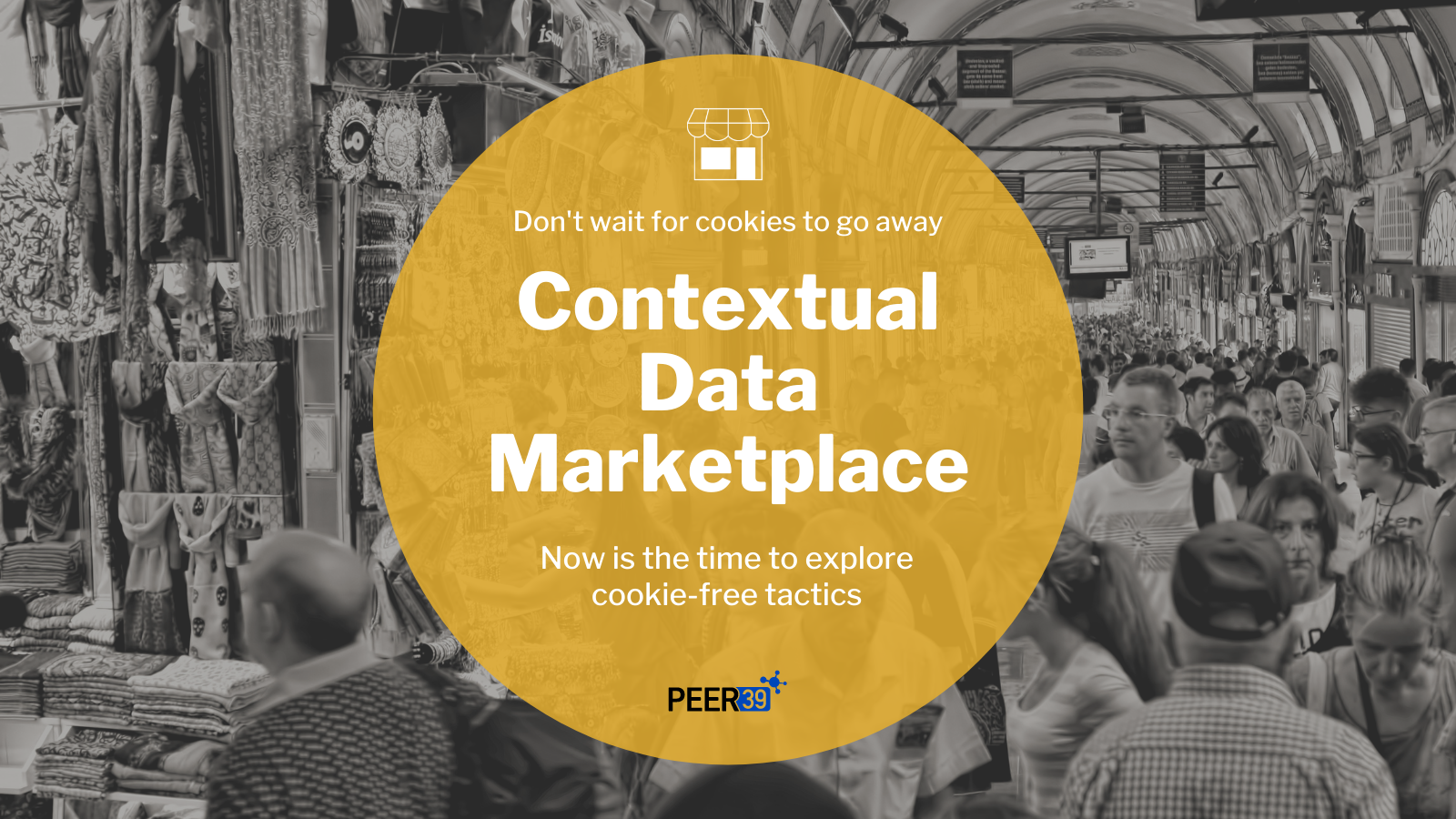1 min read
Contextual connected TV (CTV) advertising: the next evolution for marketers
In just two decades, there have been drastic changes to how consumers access entertainment. It wasn’t that long ago when pay television was the new...
2 min read
Sheri Zelle : Jun 29, 2020 4:11:43 AM

One of the most effective ways marketers have to connect with their audience is storytelling. This can be challenging when it comes to advertising because the timeframe for attracting attention, garnering interest, and inspiring action is mere seconds.
But what if the content alongside your ad was part of the story?
It’s not uncommon for ads to show up beside content that has no particular relevance to the ad.
I tested this out by looking at what ads would run next to an article with advice on staying cool at home during a heatwave. None of the ads were precisely relevant, but they were all humorous in their own way given the context – here’s a sample of what I saw ads for:
We’ve all seen this happen. It can have amusing results like this, but it can also be damaging to your brand and detrimental to the performance of the ad.
Several years ago, Condé Nast and Neuro-Insight partnered to look at how people’s brains would react to digital pharmaceutical ads. Previous research had confirmed the importance of context in advertising, meaning the site an ad is on, the topic of the content on the page, and the sentiment of the content can all work to enhance the performance of ads.
This new study dug deeper, looking at engagement, emotional intensity, and memory encoding (or ad impact) with two groups of participants—one with diabetes and high cholesterol, and the other with allergies and asthma.
Each group of participants wore caps with brain sensors while researchers took them through medical and lifestyle websites with ads from all four conditions across several different brands.
The results showed that ads alongside lifestyle content generated a significantly more intense emotional response, though the recall was similar on both types of content.
The speed in which content is being produced and the shifting sentiment of a brand’s message presents a number of new challenges and opportunities for advertisers. Whereas legacy use cases saw brands running in general sections with assumed relevance, modern marketers need to add new layers to their understanding to ensure their story’s authenticity.
Marketers are now benefiting from adding a few new key components to achieve tighter connections between their message, story, and content. A few emerging examples include:
And, according to research from IRi, employing a layered approach to contextual targeting in ad placement can improve ROI by up to 30%.
The Peer39 team is here to help you incorporate these new strategies. Reach out directly to your Account Manager, or reach us at Peer39AM@Peer39.com.

1 min read
In just two decades, there have been drastic changes to how consumers access entertainment. It wasn’t that long ago when pay television was the new...

2 min read
Every day brings us closer to the time when cookies aren’t an option for advertisers anymore. The news of cookies going away isn’t all...

2 min read
Collaborative effort lowers barrier of entry for unconventional contextual data companies to enter the programmatic advertising landscape